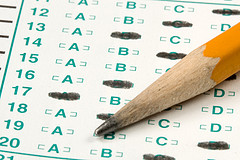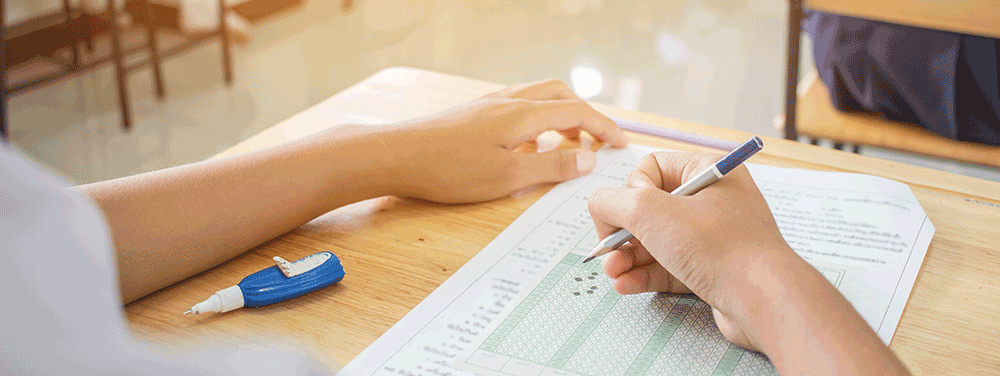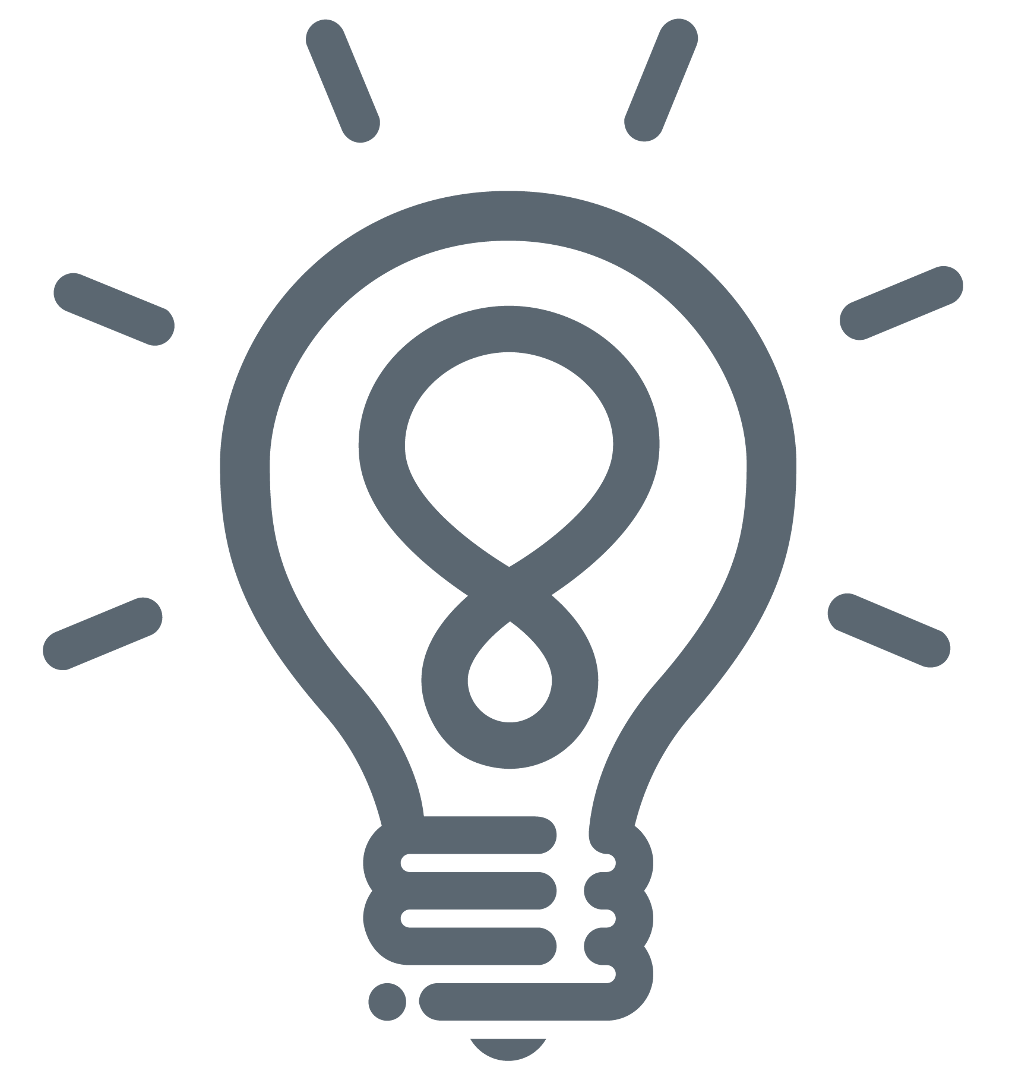It’s a no-brainer: students who are proficient readers perform better on the Critical Reading section of the SAT– in addition to every other section of the test — they read passages more quickly, identify key information more easily, and remember what they’re read with greater ease. That said, even strong readers can benefit from proven SAT test prep strategies explicitly targeted to the design of the SAT Critical Reading test.
Here are four steps designed to help you increase your speed and accuracy by targeting the most important ideas before focusing on details. These tips, combined with patience and practice, should improve your performance—and your score:
1. First, get the big picture: one of the mistakes students often make is reading passages line by line, attempting to remember every detail. You’re better off by first skimming the passage to get an overall sense of what it’s about. Skimming will also help you distinguish between key ideas (the one’s you’re most likely to be asked about) and supporting details.
A good technique is first to carefully read the introductory paragraph, then read only the first two sentences of each successive paragraph. Finally, read the first and last sentence of the last paragraph. This method is not really arbitrary—it comports with the structure of the large majority of critical reading passages.
2. Answer all the questions you can: if you skim as outlined in number one, above, you will have gained a good sense of what the passage is about. Now, go to the questions and answer every one you can (you’ll be surprised at how many answers you know at this point). For any questions to which you don’t know the answer, eliminate (by crossing out) all of the obviously wrong answers, and proceed to the next question.
3. Go back to the passage: for all unanswered questions, return to the passage. Because you’ve already read the introductory paragraph and first and second sentences of the other paragraphs, you’ll have a kind of mental road map to help you quickly locate the portion of the passage which contains the answer to the question. Locate the relevant section of the passage and quickly scan to find the answer. At this point, you will have been able to answer almost every question
4. Use Process of Elimination: if there are still some questions which are stumping you, go with process of elimination. For some of these, you already eliminated obviously wrong answers in step 2. Look at the remaining answers and pick the one which is the most likely correct answer based on the main idea of the passage.
If you follow these steps—and take the time to practice (and practice some more), you should be able to achieve a higher score. Obviously, you’ll be a step ahead of the game if you can increase both your reading speed and comprehension.
Want more great content and tips? Subscribe to our mailing list!
*Individual results may vary from person to person.












